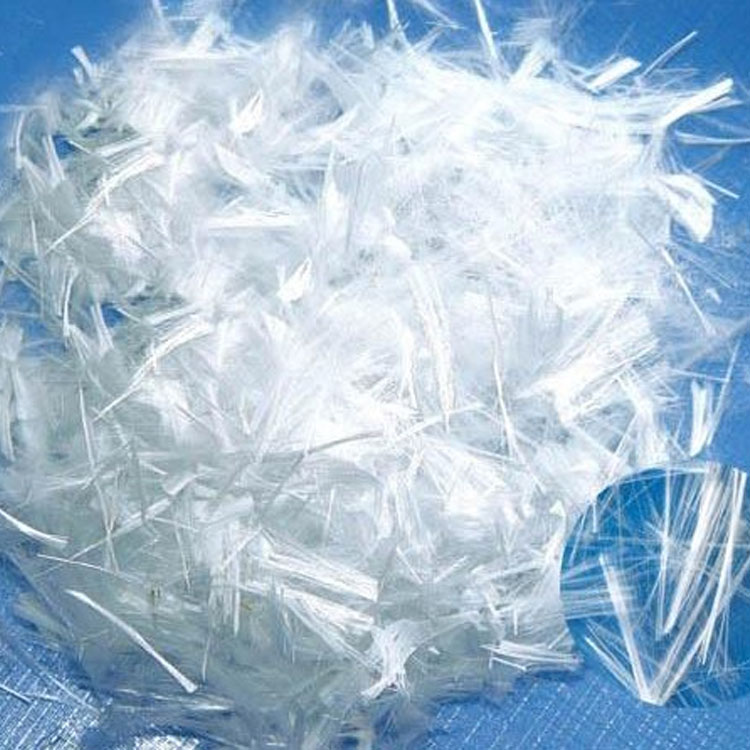Glass fiber reinforced plastic is a composite material with a wide range of varieties, different properties, and a wide range of uses. It is a new functional material made of synthetic resin and glass fiber through a composite process.
The characteristics of glass fiber reinforced plastic:
(1) Good corrosion resistance: FRP is a good corrosion resistance material. It has good resistance to the atmosphere, water, acid and alkali of general concentration, salt, and a variety of oils and solvents. It has been widely used in chemical corrosion protection. All aspects of. Is replacing carbon steel; stainless steel; wood; non-ferrous metals and other materials.
(2) Lightweight and high strength: The relative density of FRP is between 1.5 and 2.0, only 1/4 to 1/5 of that of carbon steel, but the tensile strength is close to or even more than that of carbon steel, and the strength is comparable to that of high-grade alloy steel. , Is widely used in aerospace; high-pressure vessels and other products that need to reduce their own weight.
(3) Good electrical performance: FRP is an excellent insulating material, used to make insulators, and it can still maintain good under high frequency.
(4) Good thermal performance: FRP has low conductivity, 1.25~1.67KJ at room temperature, only 1/100~1/1000 of metal is an excellent thermal insulation material. It is an ideal thermal protection and ablation resistant material in the case of instantaneous superheat.
(5) Excellent process performance: The molding process can be selected according to the shape of the product and the process is simple and can be molded at one time.
(6) Good designability: materials can be fully selected according to requirements to meet product performance and structure requirements.
(7) Low modulus of elasticity: The modulus of elasticity of FRP is 2 times larger than that of wood but only 10 times smaller than that of steel. Therefore, the product structure often feels insufficient rigidity and is easy to deform. The solution can be made into a thin shell structure; the sandwich structure can also be compensated by high modulus fibers or reinforcing ribs.
(8) Poor long-term temperature resistance: Generally, FRP cannot be used for a long time at high temperatures, and the strength of general-purpose polyester resin FRP will be significantly reduced above 50 degrees.
(9) Aging phenomenon: Under the action of ultraviolet rays, wind, sand, rain and snow, chemical media, and mechanical stress, it is easy to cause performance degradation.
(10) Low interlaminar shear strength: The interlaminar shear strength is borne by the resin, so it is low. The interlayer adhesion can be improved by selecting the process, using coupling agents and other methods, and try to avoid shearing between the layers during product design.
Post time: Nov-01-2021

